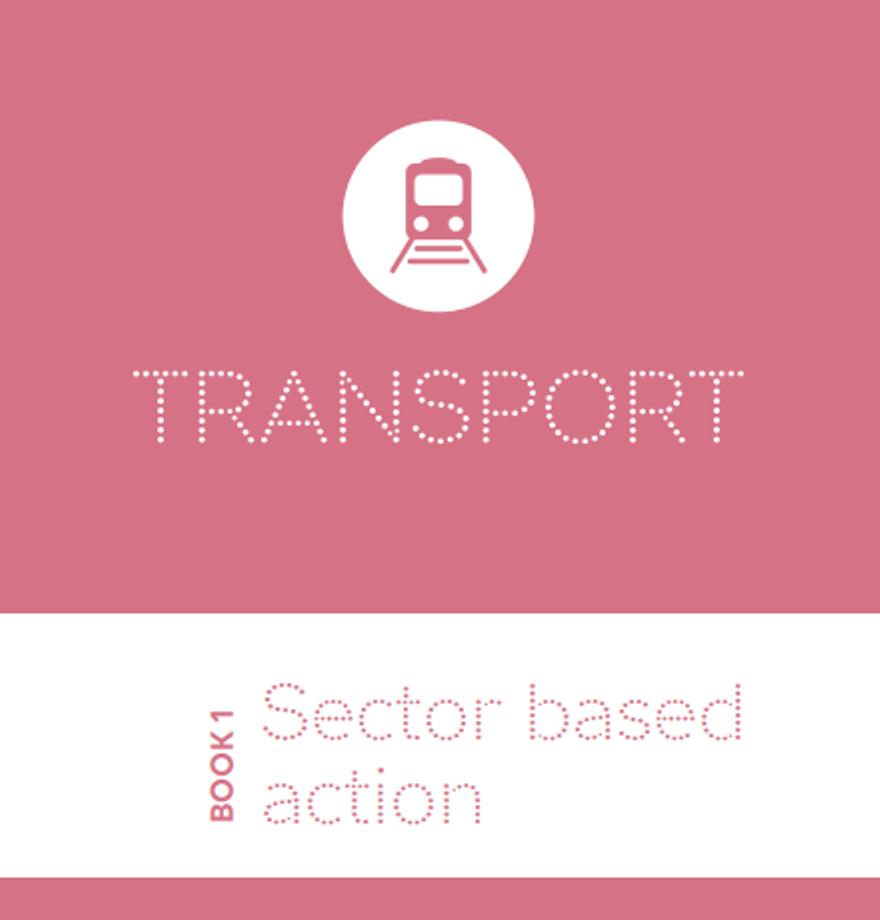Rail • Greenhouse gas emissions: a decisive asset for rail?
Globally, rail is a mode of transport that does not emit much in the way of greenhouse gases. This paper demonstrates how the rail sector seems to be a relatively low GHG emitter but that the reality is still quite different....

Introduction
Globally, rail is a mode of transport that does not emit much in the way of greenhouse gases. It also has much opportunity for improving its energy efficiency and reducing emissions (electrification). That’s why it is tempting to predict a bright future for it, but as this sheet shows, the reality is a little different…
Contents
1 • State of play
2 • Evolution of carbon emissions in the rail sector
- Low-emission rail transport in terms of load capacity
- Rail transport prospects are fueling national targets for lowering carbon emissions
3 • Low-carbon visions and strategies are among the key players in the rail sector
- Commitments of the representative institutions in the rail sector
- Private economic actors are increasing their use of rail services
- Rail companies initiatives
4 • The decarbonising potential and technological commitment of manufacturers
- Infrastructure, installations and rolling stock
- The potential of decarbonising traction energy
- The improvement of auxiliary services
- Energy management by intelligent systems
Conclusion
This comprehensive overview of the innovations initiated by players in the rail sector underlines the dynamism of a sector convinced about holding a part of the answer to reducing mobility-related CO2 emissions. The significance of its contribution and speed of its deployment will depend on several economic factors: its ability to mobilise sufficient investment, particularly in developing countries, and its price competitiveness when compared with the road sector for freight; and compared with the car, bus and airline sectors for passenger transportation.



